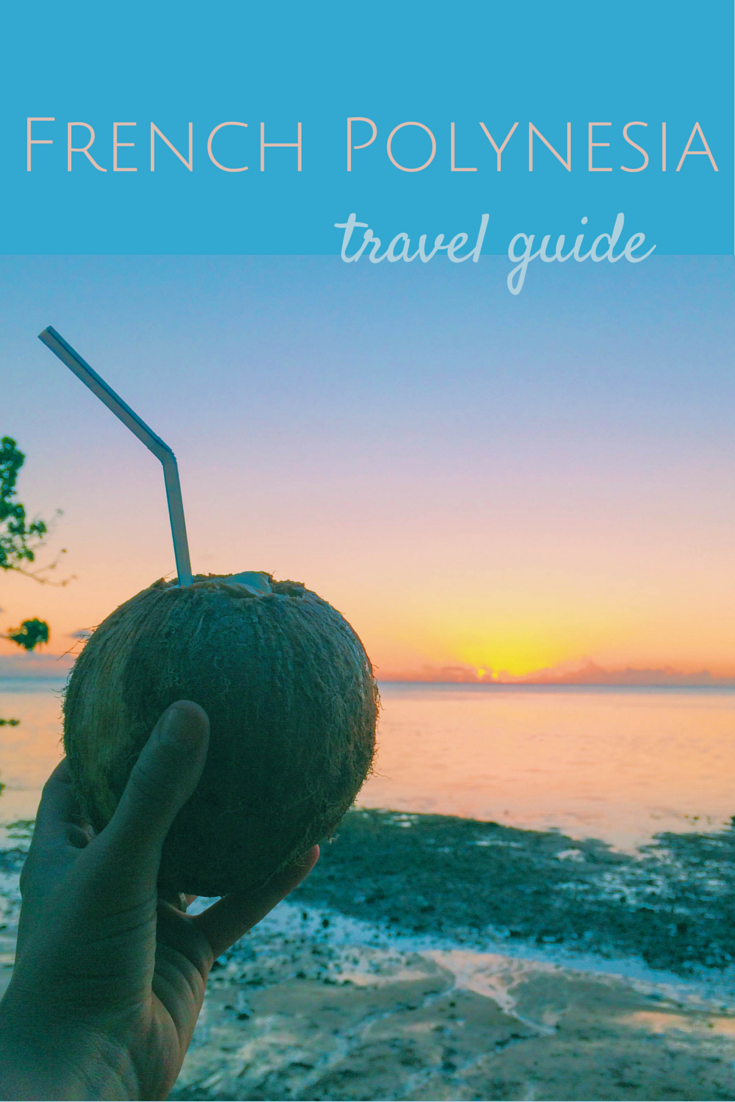
French Polynesia is a country in the South Pacific made up of over 100 small islands. The most famous islands are Tahiti and Bora Bora. The country is an overseas collectivity of France, which means that French is the most prevalent language, followed by Tahitian, then English. The population is an interesting mixture of primarily French nationals and French Polynesians.
It’s synonymous with “tropical paradise” and absolutely deserves that association based on its lush volcanic jungles, astonishingly clear turquoise waters, impressive sunsets and the abundance of tropical fruit, ocean life and flowers. We had to pinch ourselves regularly on our two-week trip to make sure we weren’t dreaming. We loved our time in French Polynesia and will definitely return some day. I wanted to share some of the highlights, some advice, and a few things I wish I had known before we visited these spectacular islands.
Before I get into that though, I want to put a few disclaimers out there. We only spent time on three islands: Tahiti, Moorea and Bora Bora. And we caught the tail end of the rainy season, so we weren’t able to get in as many of the outdoor adventures and sights as we would have liked. We also have a fairly casual attitude toward travel. We don’t plan every day and every meal. We like to book transportation, lodging, and a few major “must-dos,” but we tend to fill in the blanks once we arrive. We generally don’t do the touristy things on vacation, instead opting to eat at roadside food stands, get lost in random neighborhoods, visit markets and grocery stores, take cooking classes, and just talk to locals to learn about culture and how people live. We lean toward Airbnbs over hotels. If this isn’t your style, you may want to take some of my suggestions with a grain of salt!
Look for an upcoming island guide post, with specific places to go and things to do on Tahiti, Moorea and Bora Bora. This post was getting WAY TOO LONG to do it all in one! If you’re interested in French Polynesia, you may also want to read our interview with Laurence, a French woman who moved her family to Moorea. She also let us publish her recipe for poisson cru, a traditional dish from French Polynesia.
Update: Here’s the post with island-specific recommendations, enjoy!
Without further ado, my French Polynesia travel guide (part 1):
What to expect
Amazing snorkeling. If you’re looking for expansive white sand beaches, this is not your place. The beaches tend to be shallow and a little bit rocky. There are certainly some nice beaches, but don’t expect them all to be that way. But the WATER. It’s crystal clear and absolutely teeming with life. Go to the beach to snorkel and appreciate the water itself, not the shoreline. I recommend bringing your own snorkeling equipment and reef shoes (you do NOT want to cut yourself on coral) so you can just hop in the water whenever you want and enjoy the lagoons. Most beaches have coral and colorful fish within 20 feet of the shore. While you’re in the water, don’t forget to turn around and appreciate the spectacular views of the islands.
French, French, and more French. Many people, especially in the tourism industry, speak English. But almost all signs (including road signs) are in French. Most menus are exclusively in French. Brush up on your high school French before going. If you plan on driving, play some Mille Bornes before leaving to get a handle on French traffic signs!
Speaking of driving: expect very little in terms of public transportation. The buses are inconsistent at best, and you certainly can’t rely on them to get anywhere at any particular time. I’m not saying this just because I’m used to Japanese public transportation. The bus system may as well be non-existent unless you’re picking it up at a transportation hub, like a ferry terminal or airport. Thankfully, our Airbnb on Tahiti came with a car. From Tahiti, we rented a car for the Moorea leg of the trip once we realized the hopelessness of the public transportation system. And we rented a scooter on Bora Bora to get around the island. Brush up on how to drive a stick shift, if you plan on renting a car. They’re much, much cheaper and are far more common in French Polynesia than automatic transmissions for some reason. The scooter was spectacularly fun, but I wouldn’t want to use one on Tahiti. The roads are too busy and chaotic, while Moorea or Bora Bora were much calmer. Some restaurants will pick you up from your lodgings, but we found that far fewer will do that than was advertised in the guidebooks. Car and scooter rentals aren’t cheap though, so be sure to build that into your budget. Reserve in advance during the busy season, too, as they can go quickly.
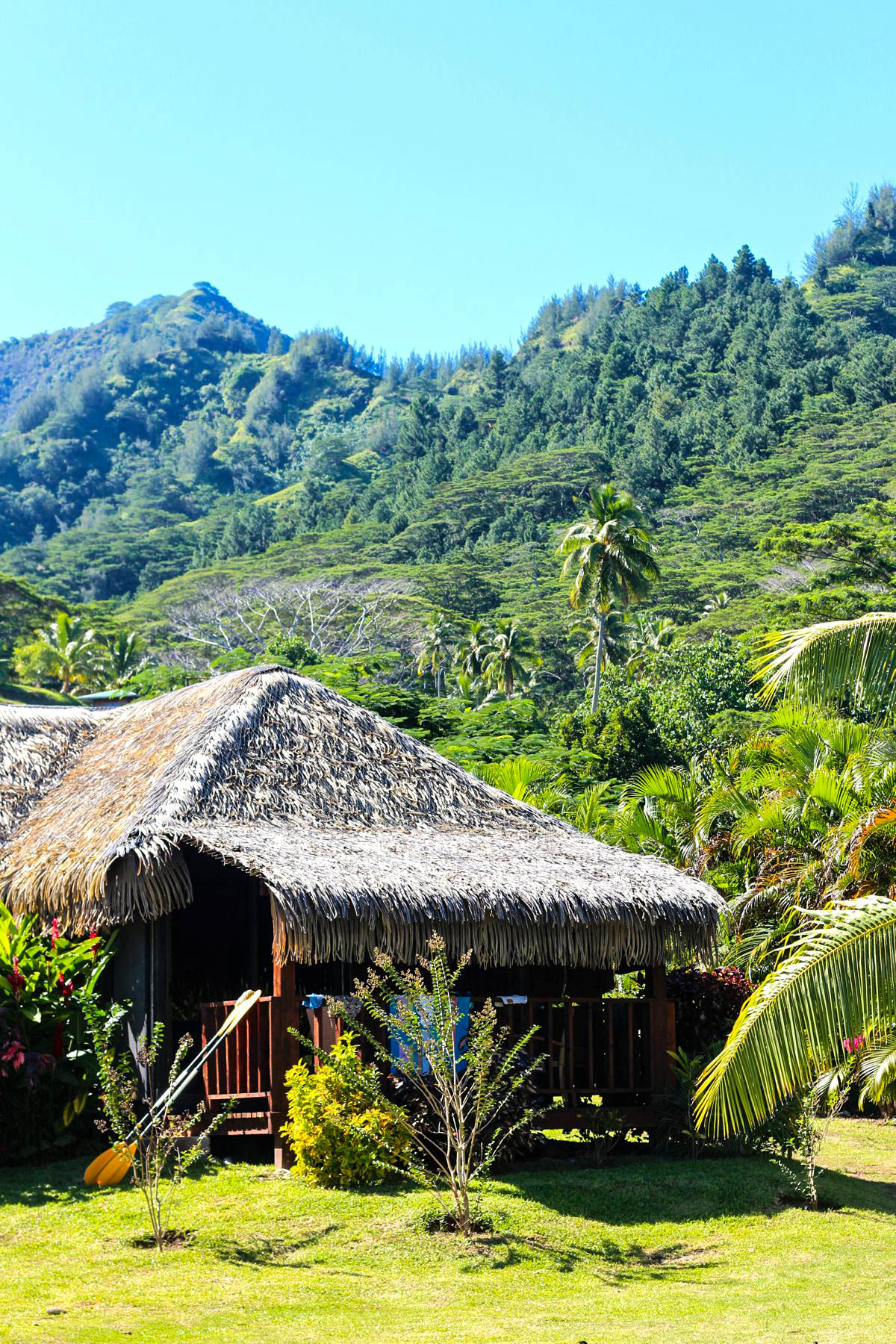
Island time. This was a tough transition when coming from punctual, respectful Japan. Honestly, it drove me crazy at first. Expect people to move at a leisurely pace, attractions and restaurants to open late (or not at all) and close early with no indication of what’s going on, slow (even terrible) service, appointments or meetings to start late, and a general lack of any sense of urgency. But why should there be any urgency around anything? You’re in tropical paradise. Once you learn to embrace it, it’s not so bad. Just leave plenty of time while traveling to make sure this “island time” attitude doesn’t make you late for flights or boats, which DO actually run on time. Maybe bring some Xanax if this sounds really painful to you; I certainly wished that I’d had some on several occasions.
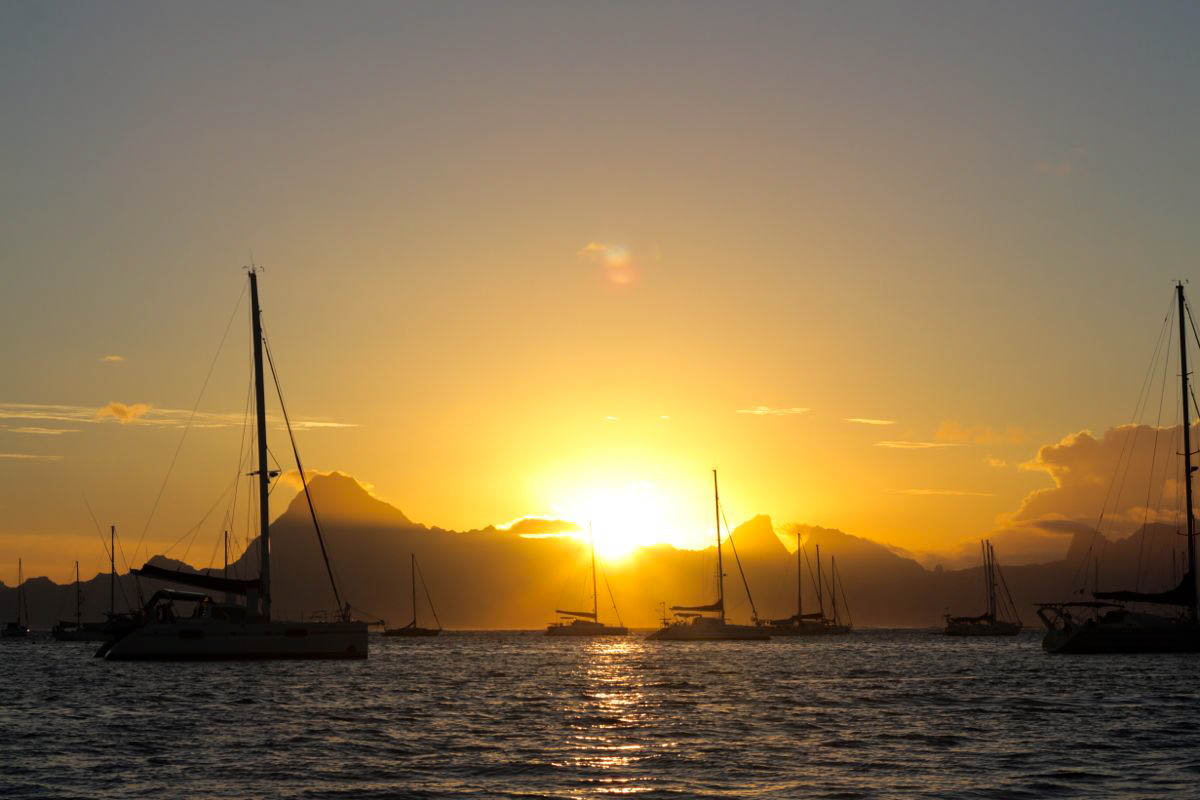
Early to bed, early to rise. Not much happens after dark, so people tend to go to bed early and get up early. The roosters will wake you up at the break of dawn (Yes, roosters. There are wild roosters and chickens EVERYWHERE), and the wild dogs are threatening enough to keep you from walking anywhere after dark. Most roads are not lit very well, which also doesn’t help for walking OR driving.
Relax. This is the kind of place where you get to just relax. Read a book (or 8). Take naps. It may inspire you to start sketching or journaling. It’s a chance to reflect, rest, and regroup. Take advantage of it!
What to pack:
Sunscreen. You can find it there, but it can be difficult to get to a shop on some of the islands so you may as well bring the kind you like.
Bug spray. Lots of it. And mosquito coils if you plan on spending time outside in the evenings. Again, you can buy them there but it can be difficult to get to a store.
Ear plugs. For the roosters. (Seriously. It’s not a joke. Although it is very funny.)
Motion sickness medicine. Motor boats. Windy, bumpy roads. Taxi drivers who love to accelerate and brake quickly. If you just got a little nauseated reading those words, bring some Dramamine.
Hand sanitizer. Bathroom accommodations can be iffy, and most public restrooms (ie beach restrooms) didn’t have soap (or toilet paper, for that matter).
Granola bars. Breakfast places are scarce, and most restaurants close at 2. They reopen for dinner, but if you miss that 12-2 lunch window you may be out of luck until close to 5 pm. Granola bars saved us from hangry quarrels more than a few times.
Casual clothes. Most of the islands are very casual. Think swimsuits under shorts, a tank top and flip flops. Or a sundress and flip flops (And a swimsuit. Always a swimsuit). High-end resorts on Bora Bora are the exception, where part of the purpose for being there is to see and be seen. I brought one nice dress that I wore to dinner a few times, but you’ll stick out like a sore thumb if you try to wear “resort clothes” around the islands during the day.
Swimsuits. At least 2 so you don’t have to put on a damp suit in the morning.
Reef shoes. Because the beaches can be rocky, and you don’t want to cut yourself on coral.
Sturdy shoes. There’s great hiking on some of the islands, so bring a pair of sturdy tennis shoes or hiking shoes if you’re interested in getting a bit of exercise and seeing amazing views.
Beach towel. You’ll want your own if you’re going to do any exploring outside of the hotel. Don’t assume an Airbnb will have them, either. One of ours did and the other didn’t, so you may want to find out ahead of time.
Snorkeling gear. It’s worth it to invest in your own. The snorkeling is amazing, and you’ll want to be able to do it whenever you feel like it.
Cash. French Polynesians Francs, of course. You may have to work with your bank to order it ahead of time, or you can wait until you get to the islands to exchange money. We were able to take cash out of ATMs, but you should check about fees ahead of time. Many places on the islands do not take credit cards.
Things to do, like books, playing cards, a journal, or watercolors. This is a place to unplug, and you may get bored (especially after dark) if you don’t have something to entertain you.
Bonus tip: bring some duty free booze. We brought a bottle of nice rum with us from the airport’s duty free shop, which let us mix our own sunset cocktails. We saved a fortune by not ordering them from the hotel or buying the bottle on the islands, and we thought we were pretty clever when we added a generous splash of rum to a fresh coconut.
Top 7 Things to Do in French Polynesia:
- Snorkel like crazy.
- Take a boat out on the water to see the islands from a different perspective. Swim with sharks and manta rays, while you’re at it.
- See a culture show but don’t pay for it! Some of the nice hotels have a show one or two nights a week, and they charge a ridiculous amount for a mediocre buffet dinner. Just grab a cocktail at the bar and drift over to the stage area once the show starts.
- Splurge on a spa experience. There are world-class spas in beautiful settings in French Polynesia. Splurge on a massage and take advantage of the amenities while you’re there.
- Explore the islands. Don’t limit yourself to the resorts. They’re lovely and comfortable, but there’s more to see. Rent a car or scooter, or arrange a driver through your hotel. Get out there and see the sights.
- Eat fruit. As much local, tropical fruit as you can.
- Relax. I know I’ve already said it, but seriously. Relax. Get some sun. Unplug.
The Food
French Polynesia’s French heritage, topped with native culture and its geographical location make for an interesting food situation. The most common foods are crepes, roasted meats, raw fish, cooked fish, Chinese food and burgers. It’s a nice range of options that is sure to please even picky eaters. However, many restaurants have to import a lot of the ingredients, which is expensive. Expect food to cost a little more than you think it will. Most of the imported produce is lackluster, so try to stick to native produce whenever possible.
French food. It’s everywhere! There are some really amazing and fancy French restaurants, countless creperies, some of the best pomme frittes (french fries!) I’ve ever had, and excellent baguettes. The grocery stores are packed with a huge selection of French wines, cheeses and charcuterie. We had more than a few picnic meals that felt more like they belonged in front of the Eiffel Tower than on the beach.
Fish. When in doubt, get the fish. It’s the freshest food on the islands, it’s local, and they know how to cook it properly. The burger may be tempting but that patty was frozen and shipped from Australia, whereas the parrotfish special was probably caught yesterday in the very same lagoon that you’re gazing at from the restaurant’s patio.
Roulottes. A fancy word for food trucks (although many of them are no longer portable), roulottes are a really fun way to experience French Polynesia. They’re everywhere, and don’t be afraid to just stop and get a snack whenever you see one! Tahiti, in particular, has a great roulette scene in downtown Papeete.
Roadside fruit stands. There are countless little fruit stands in front of people’s homes, lining along the main roads on any island. They’re manned by sleepy old women, bored teenagers, and gossip-y mothers. Stop any chance you get. Get an ice-cold coconut (called coco glacé) and have them cut it open for you to drink its sweet water. You may think you know what coconut water tastes like, but the stuff in the boxes at the grocery store doesn’t hold a candle to drinking it right. from. the. coconut. Also get fresh fruit, like mangoes, bananas, pineapples, rambutan and breadfruit. Try roasted mape (a chestnut-like tree fruit). Get anything and everything. It’s the epitome of local produce, as much of it was grown just steps from where you’re buying it.
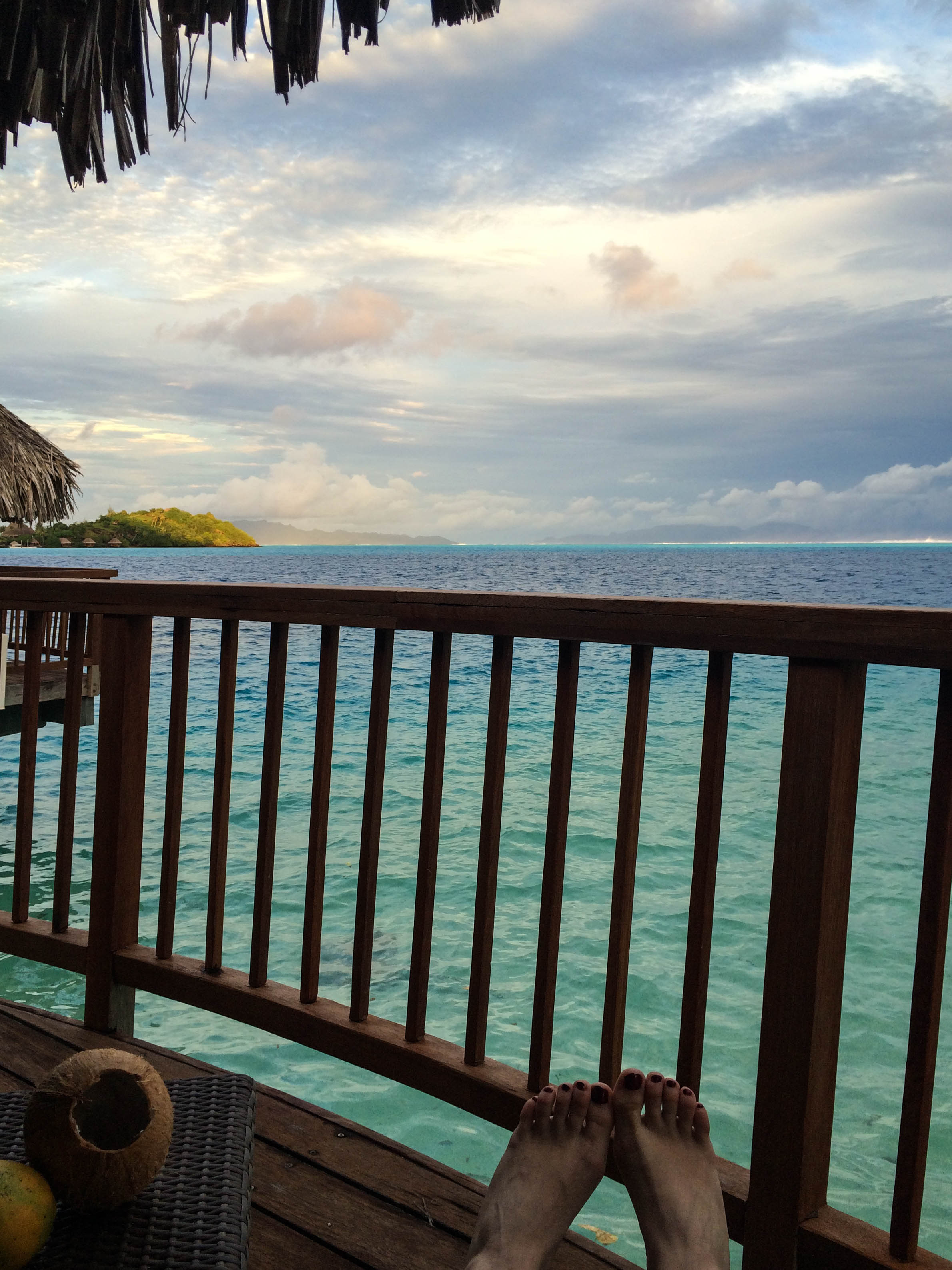 Whew! That’s a lot of information but I still have more to share! I’ll post more specifically about Tahiti, Moorea and Bora Bora soon.
Whew! That’s a lot of information but I still have more to share! I’ll post more specifically about Tahiti, Moorea and Bora Bora soon.
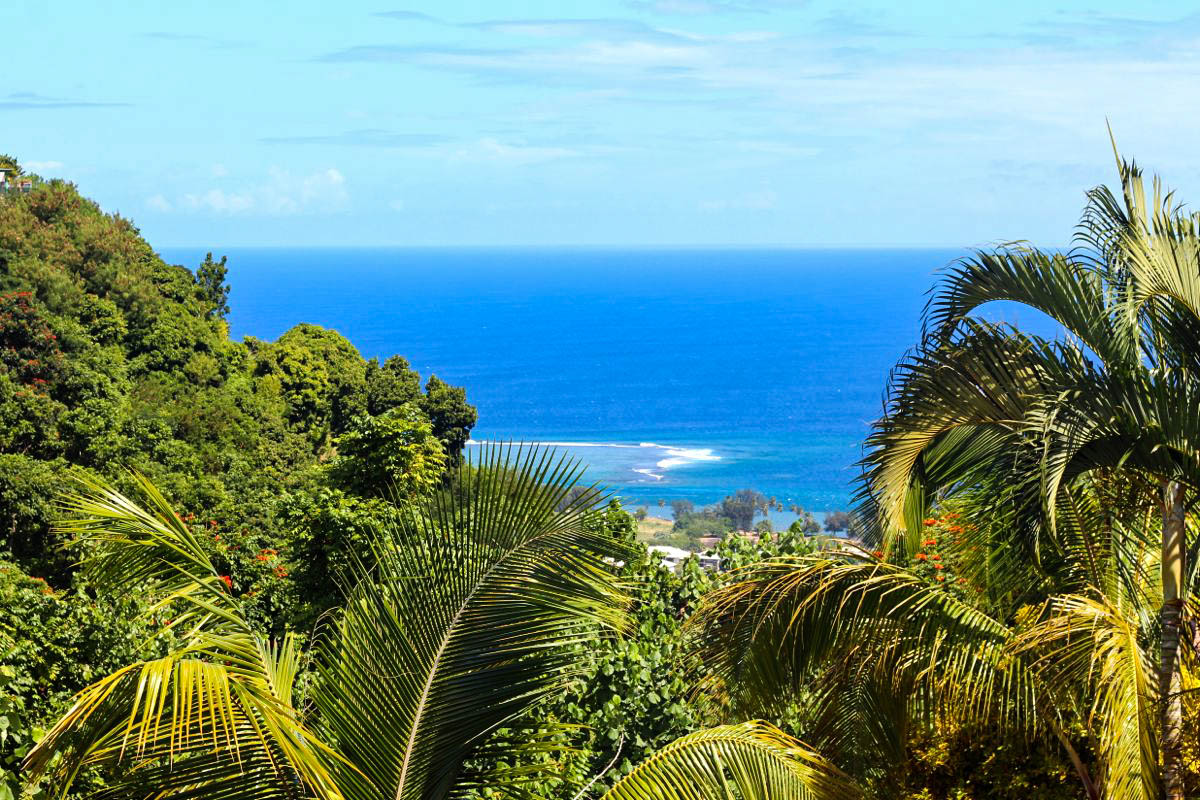
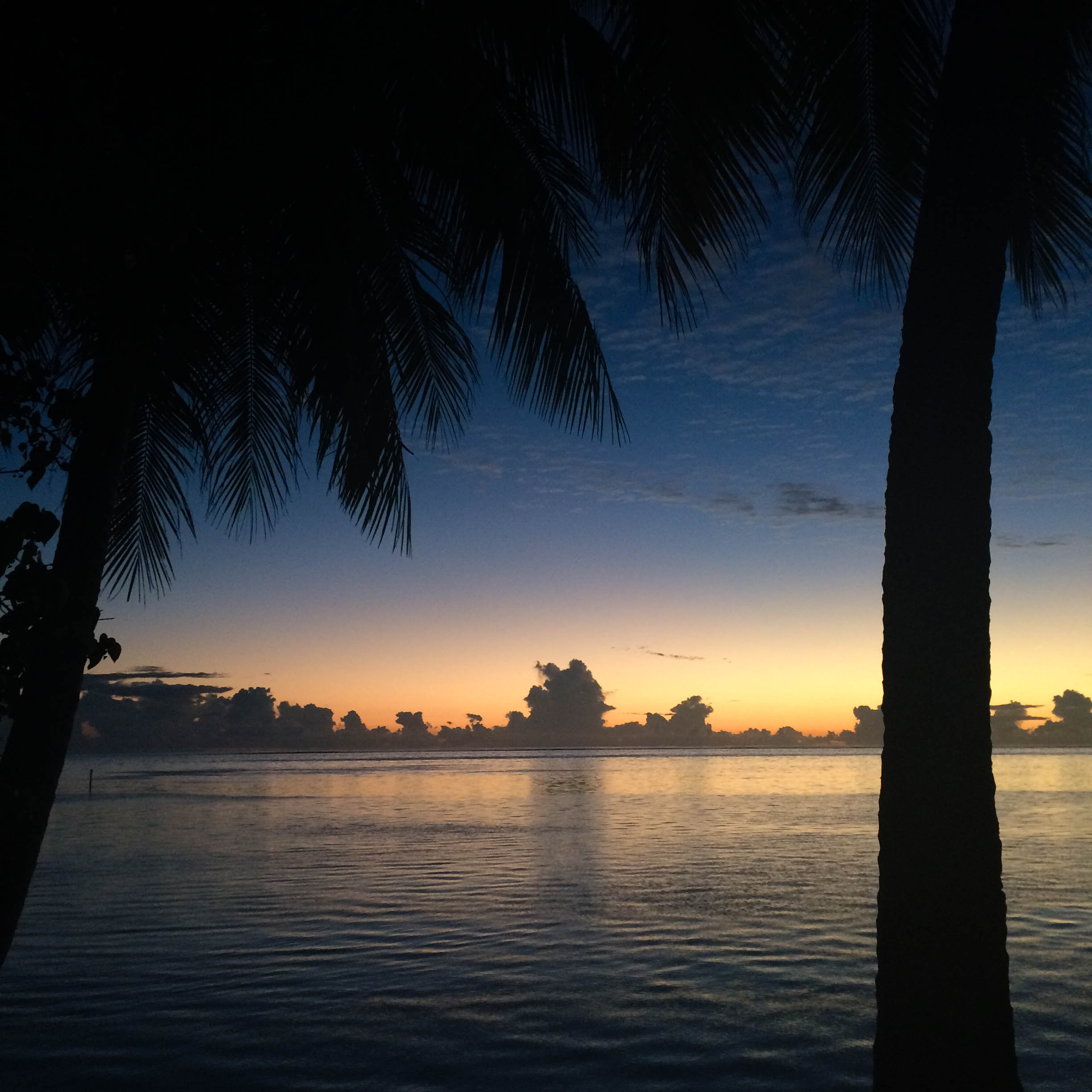
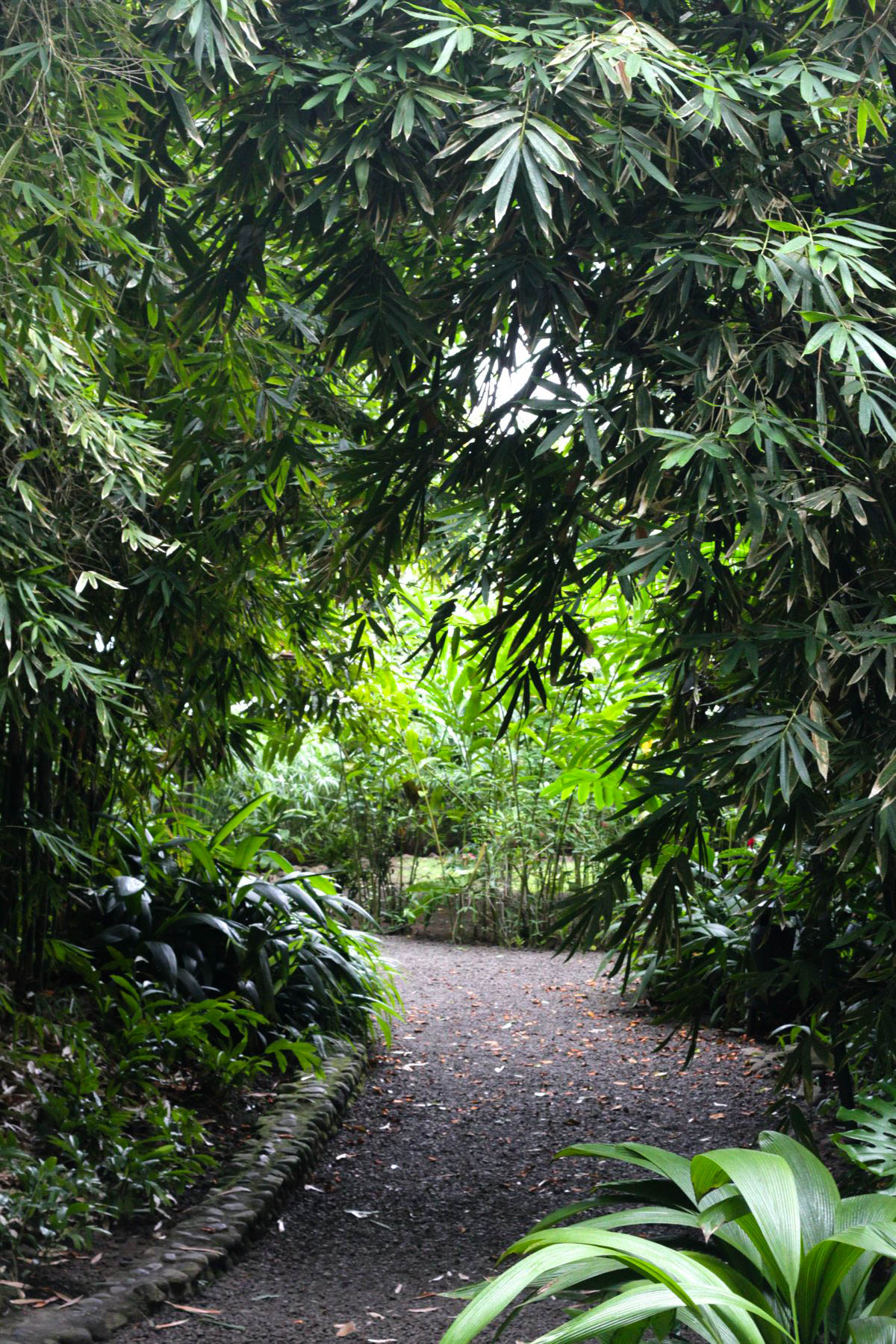
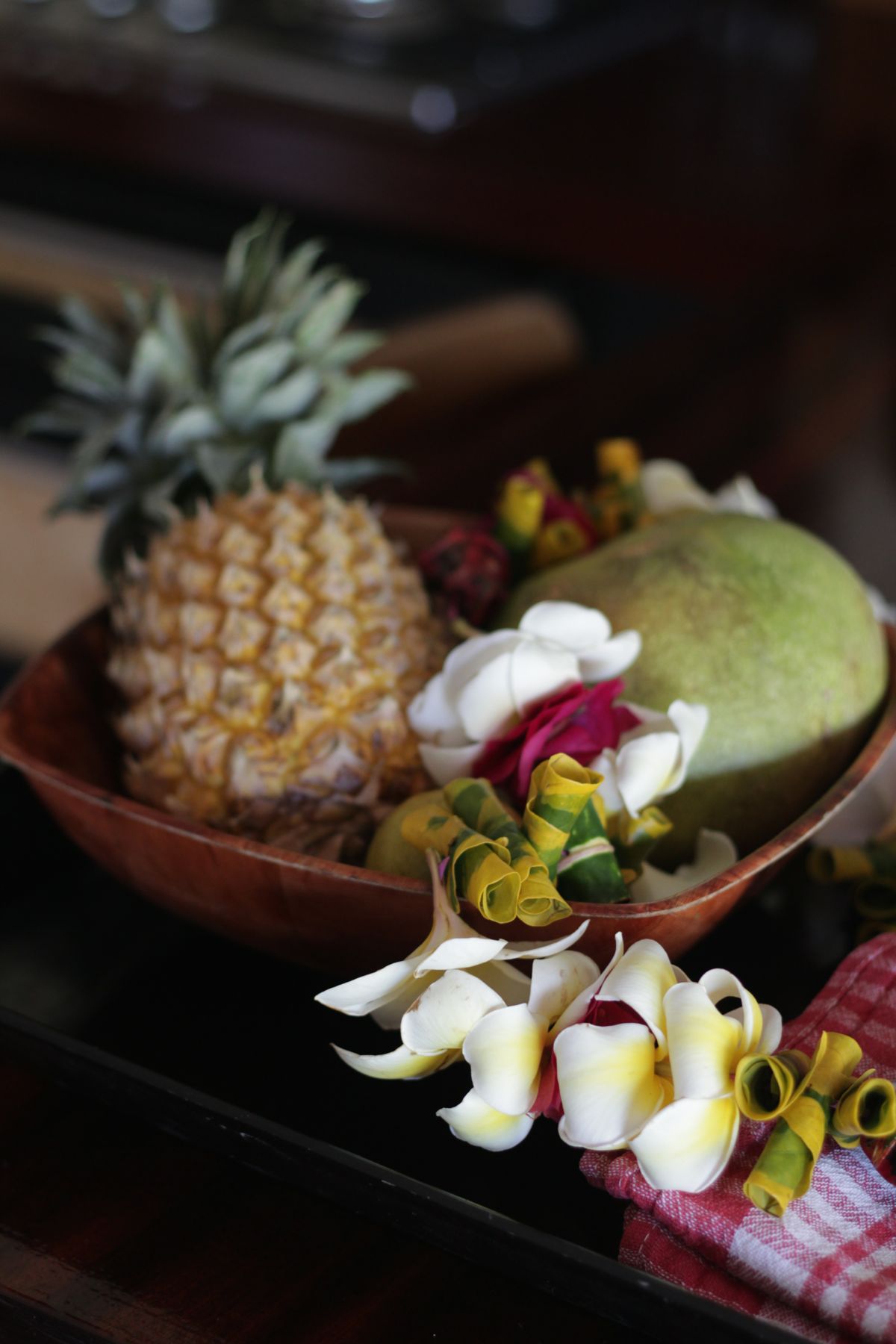
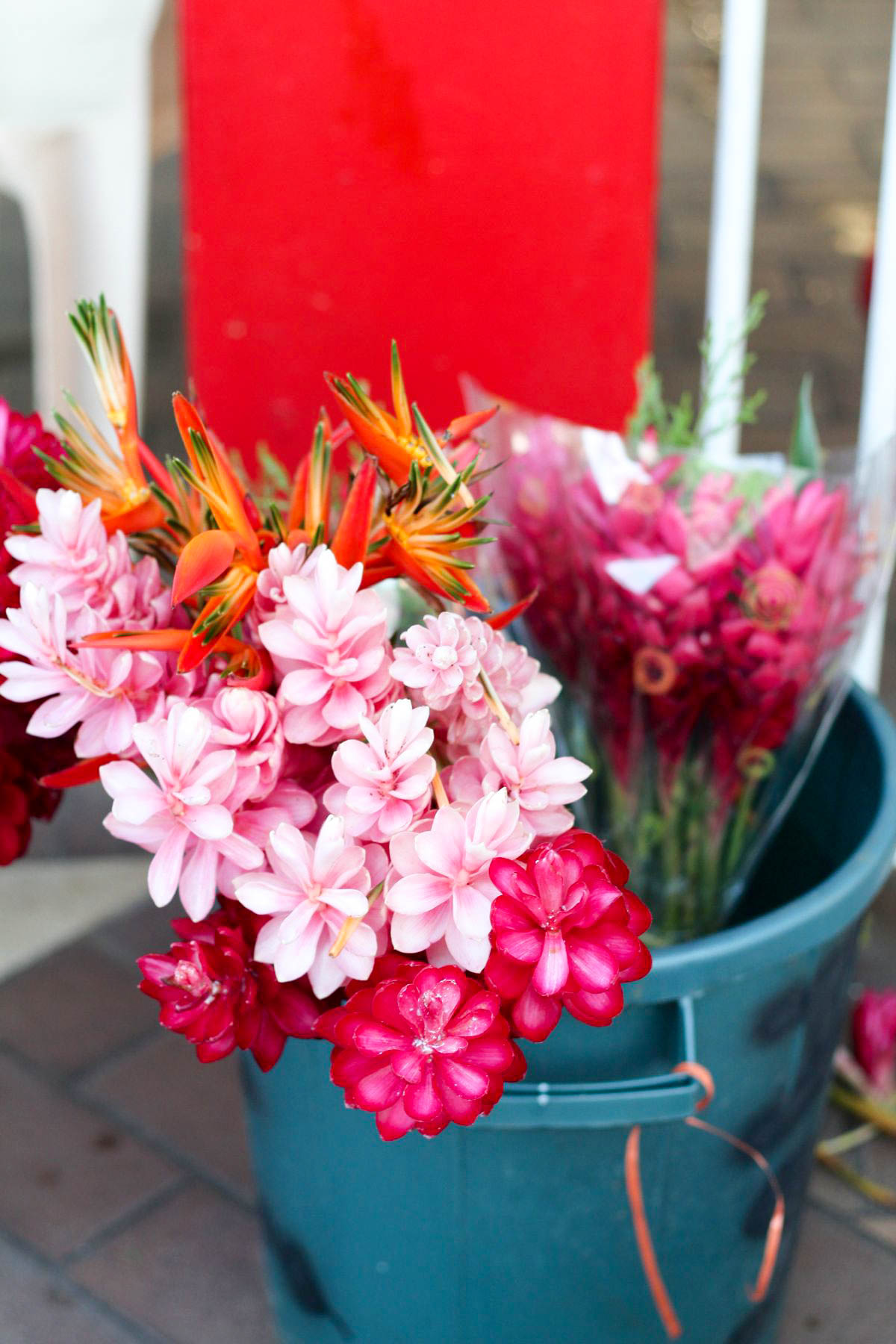
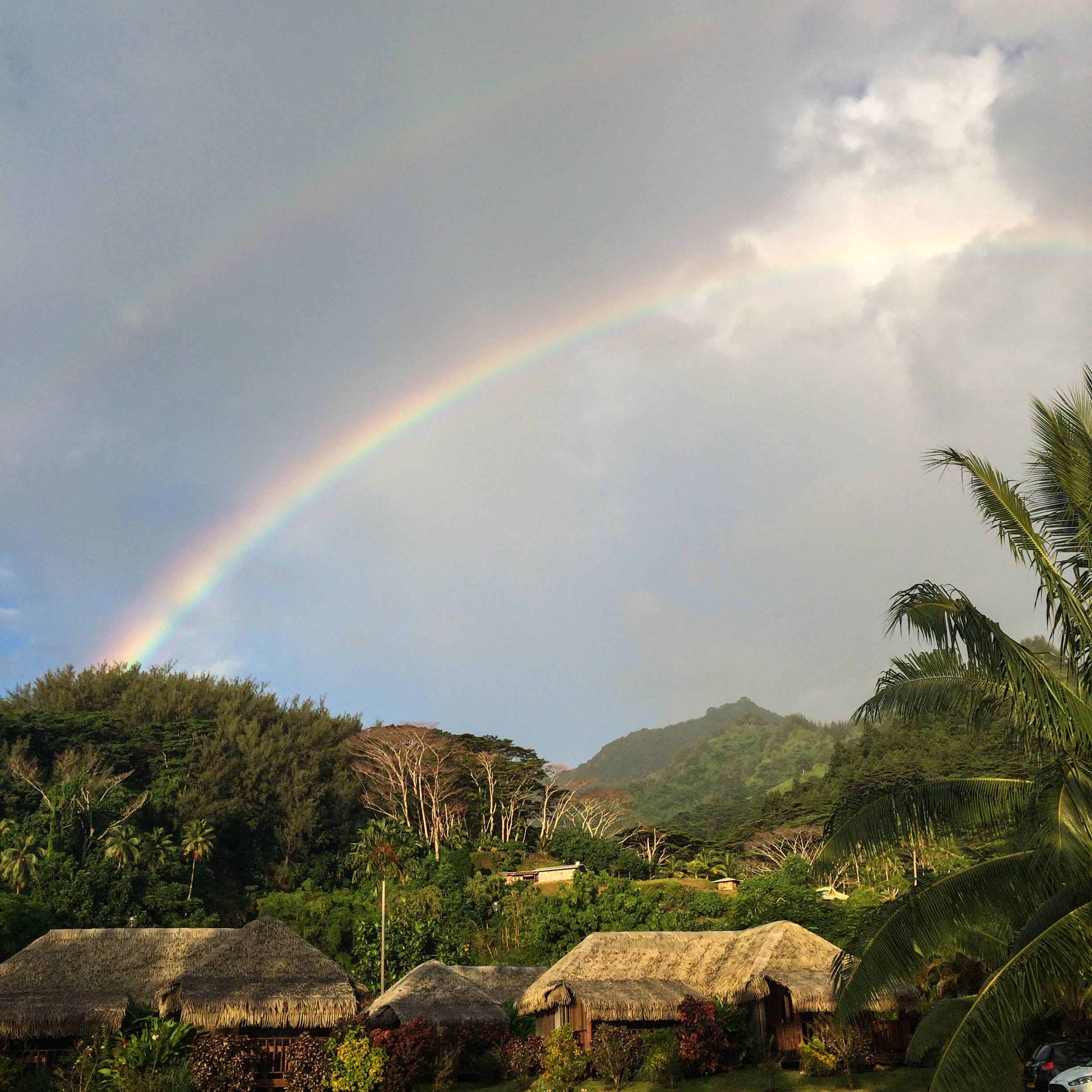
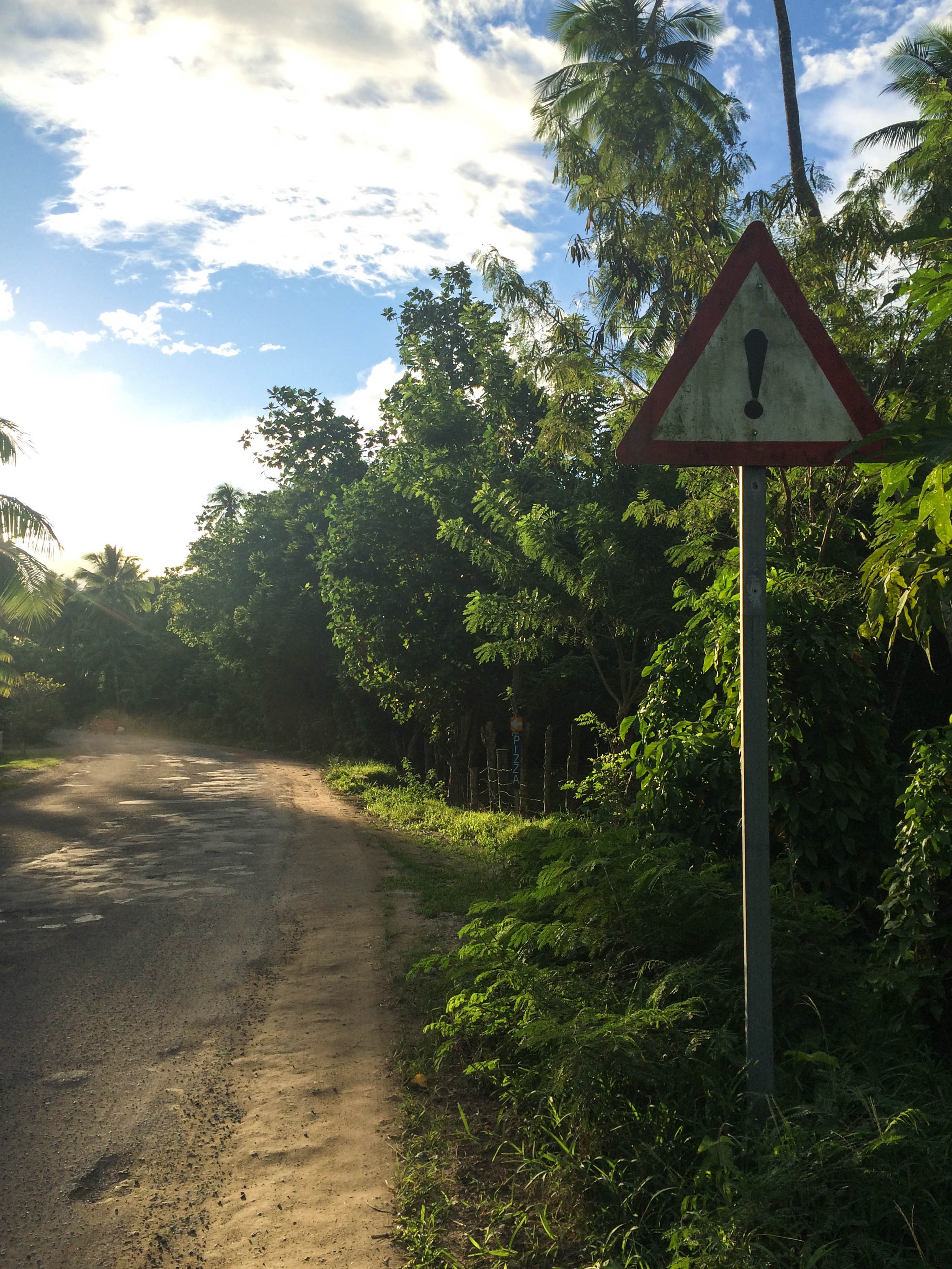
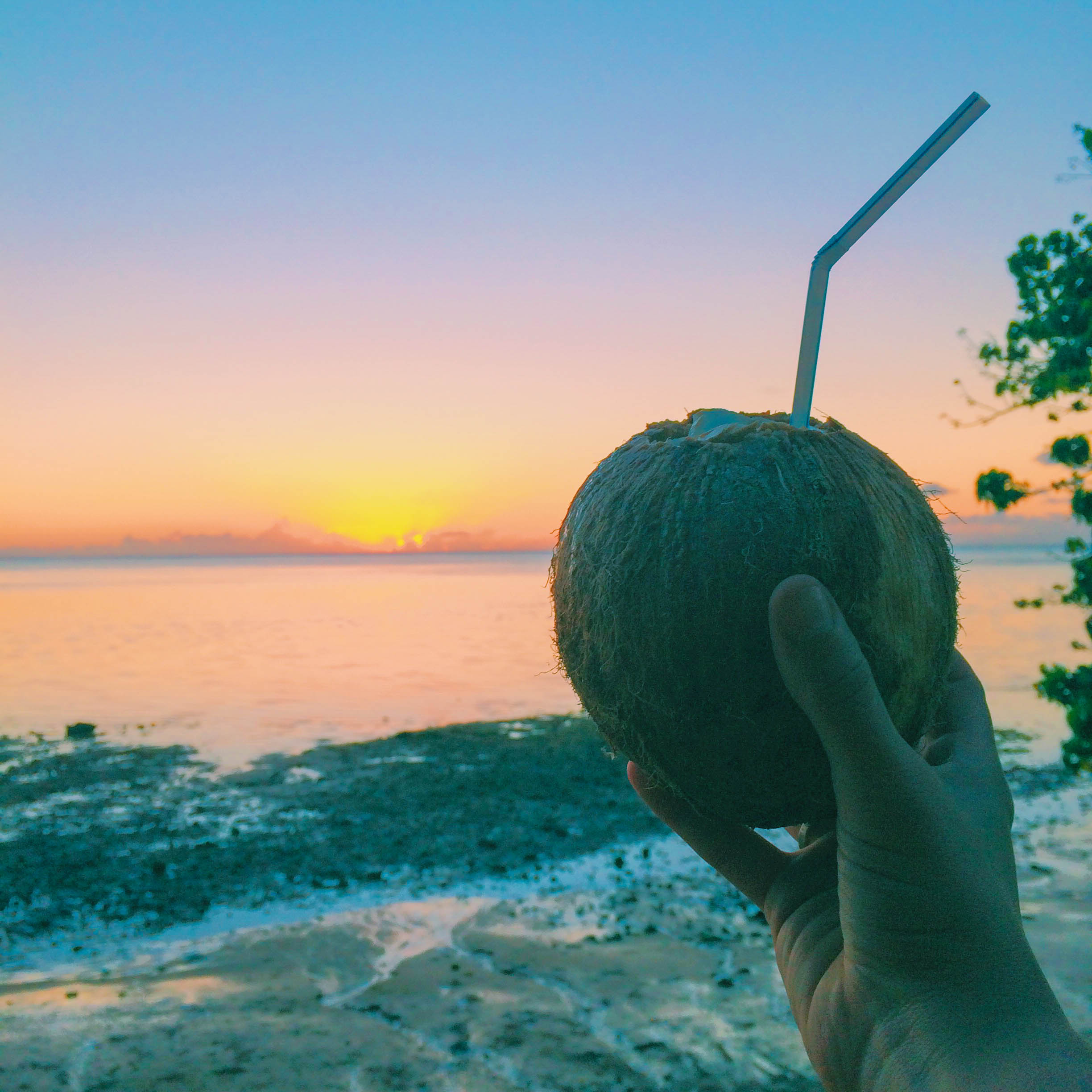
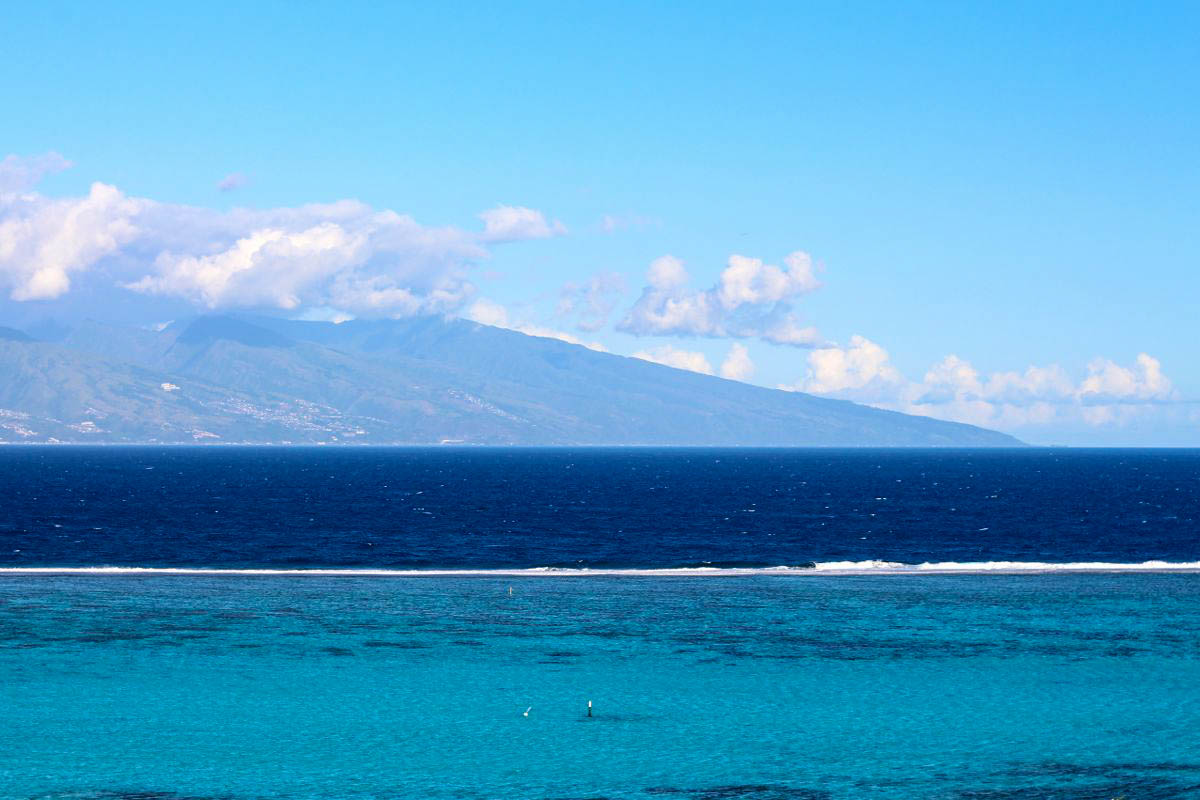
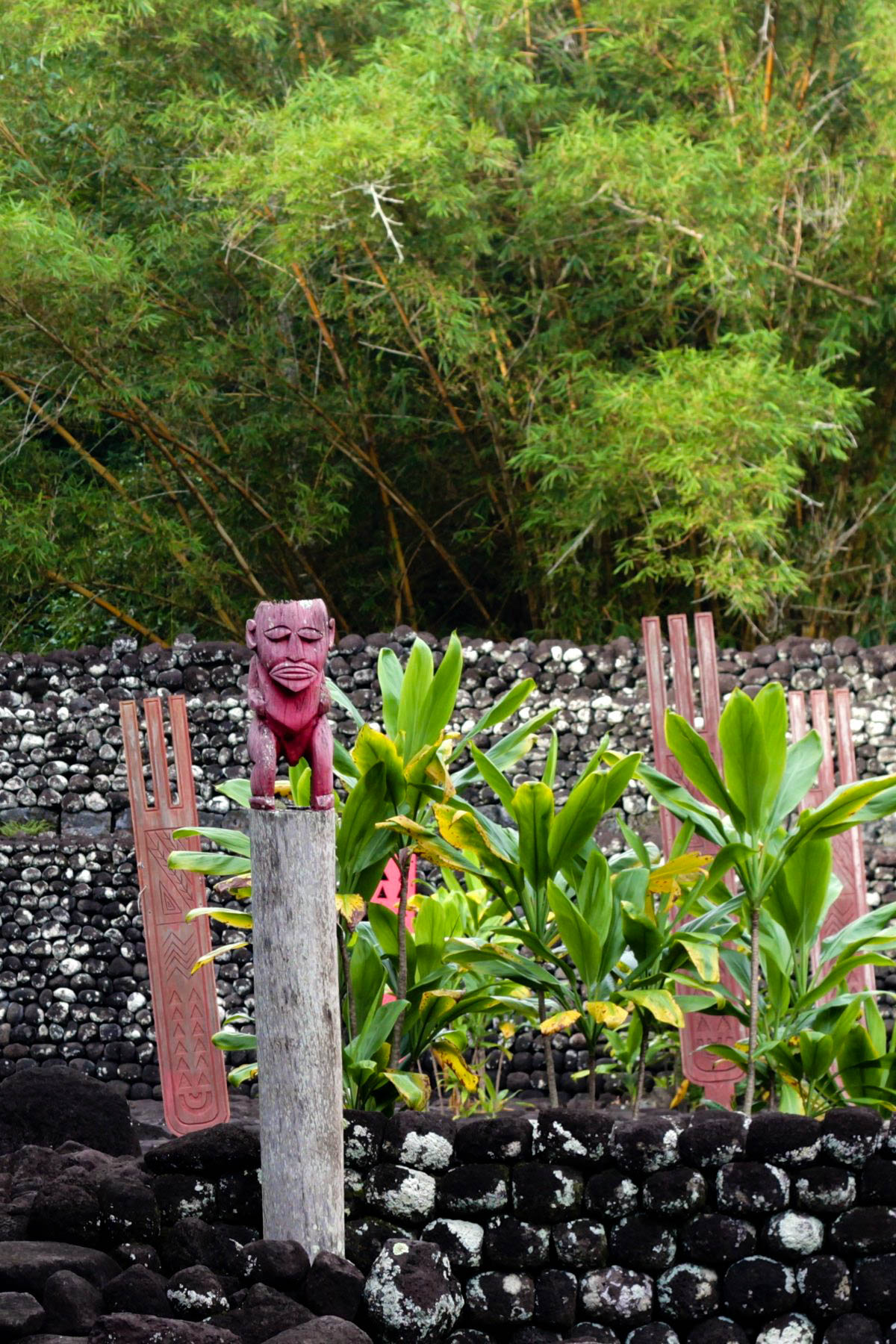
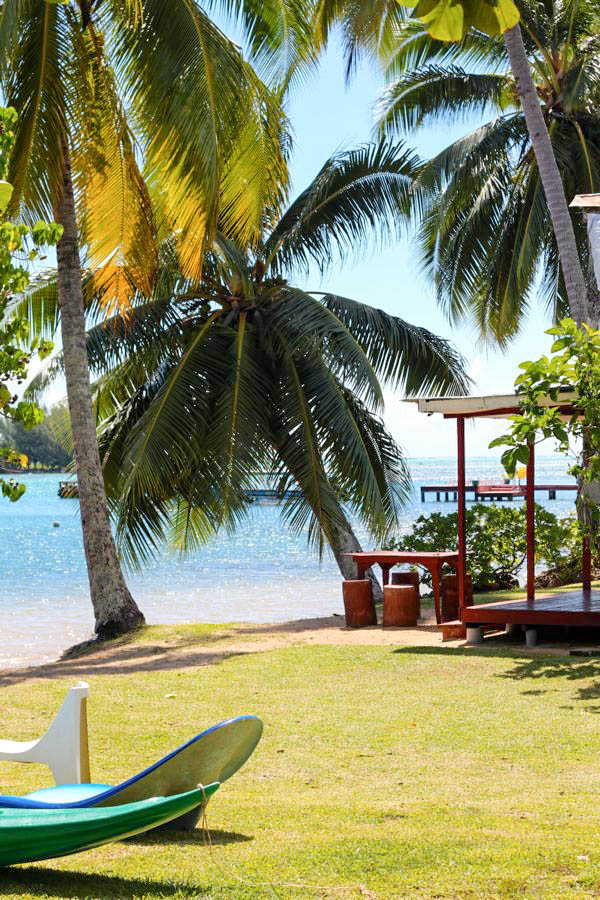
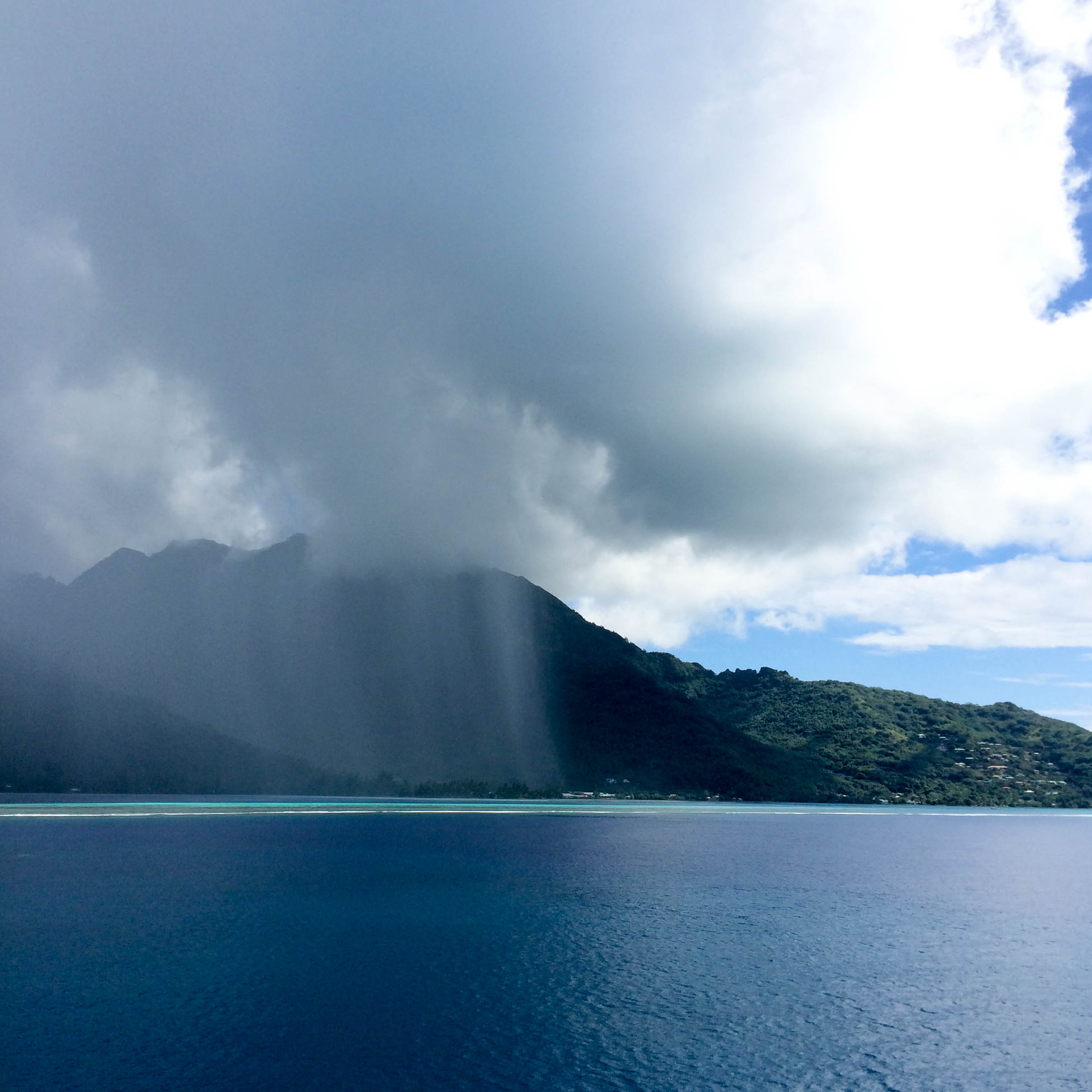
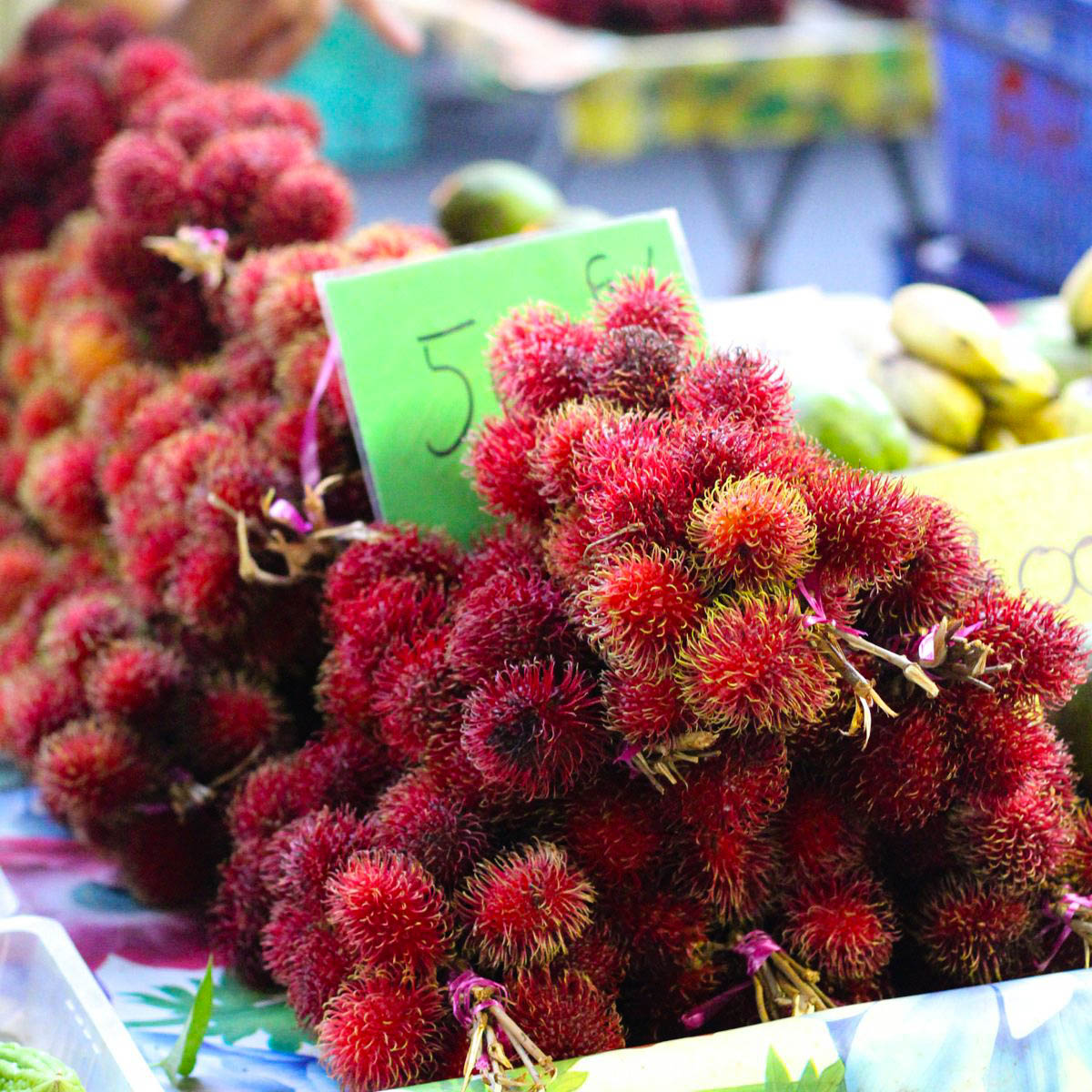
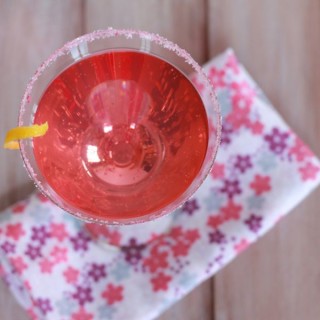
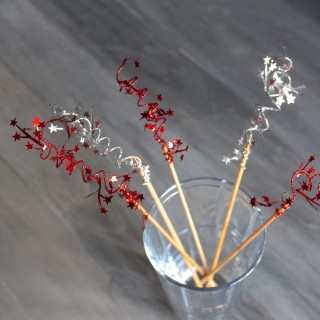
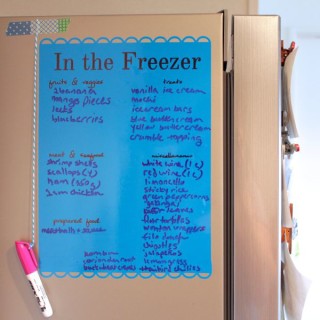
Beautiful photos! I have never been to French Polynesia, but now I want to go after this guide!
Chelsea
Thanks, Chelsea! I definitely recommend it.